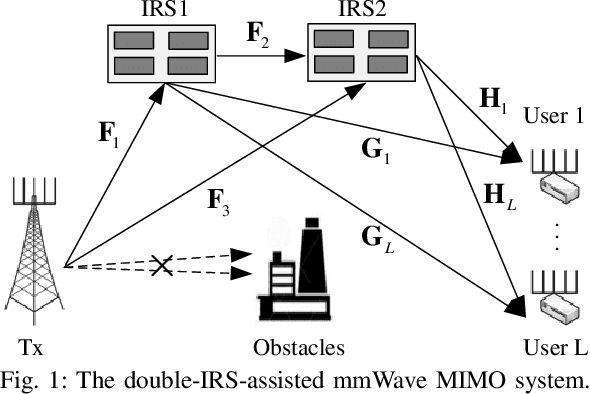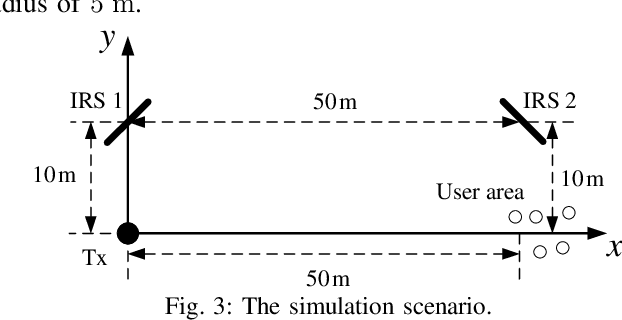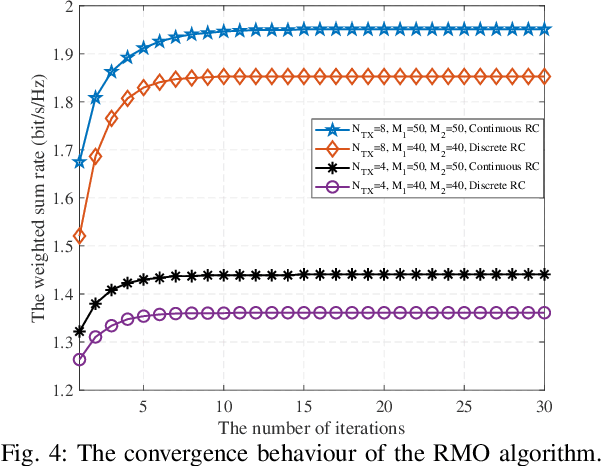Huan X. Nguyen
Digital Twin for O-RAN Towards 6G
Oct 03, 2024Abstract:In future wireless systems of beyond 5G and 6G, addressing diverse applications with varying quality requirements is essential. Open Radio Access Network (O-RAN) architectures offer the potential for dynamic resource adaptation based on traffic demands. However, achieving real-time resource orchestration remains a challenge. Simultaneously, Digital Twin (DT) technology holds promise for testing and analysing complex systems, offering a unique platform for addressing dynamic operation and automation in O-RAN architectures. Yet, developing DTs for complex 5G/6G networks poses challenges, including data exchanges, ML model training data availability, network dynamics, processing power limitations, interdisciplinary collaboration needs, and a lack of standardized methodologies. This paper provides an overview of Open RAN architecture, trend and challenges, proposing the DT concepts for O-RAN with solution examples showcasing its integration into the framework.
Double Intelligent Reflecting Surface-assisted Multi-User MIMO mmWave Systems with Hybrid Precoding
Nov 26, 2021



Abstract:This work investigates the effect of double intelligent reflecting surface (IRS) in improving the spectrum efficient of multi-user multiple-input multiple-output (MIMO) network operating in the millimeter wave (mmWave) band. Specifically, we aim to solve a weighted sum rate maximization problem by jointly optimizing the digital precoding at the transmitter and the analog phase shifters at the IRS, subject to the minimum achievable rate constraint. To facilitate the design of an efficient solution, we first reformulate the original problem into a tractable one by exploiting the majorization-minimization (MM) method. Then, a block coordinate descent (BCD) method is proposed to obtain a suboptimal solution, where the precoding matrices and the phase shifters are alternately optimized. Specifically, the digital precoding matrix design problem is solved by the quadratically constrained quadratic programming (QCQP), while the analog phase shift optimization is solved by the Riemannian manifold optimization (RMO). The convergence and computational complexity are analyzed. Finally, simulation results are provided to verify the performance of the proposed design, as well as the effectiveness of double-IRS in improving the spectral efficiency.
 Add to Chrome
Add to Chrome Add to Firefox
Add to Firefox Add to Edge
Add to Edge